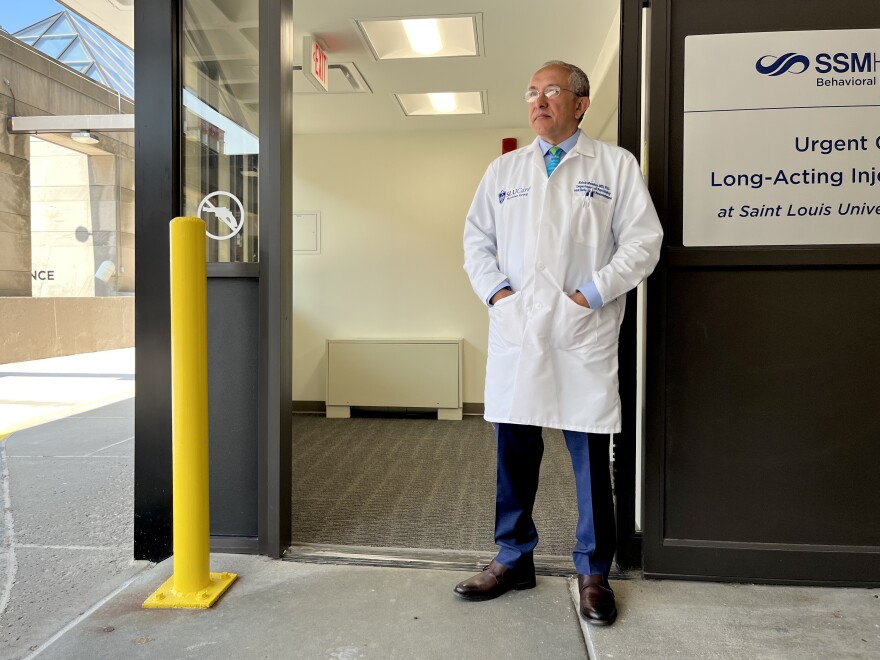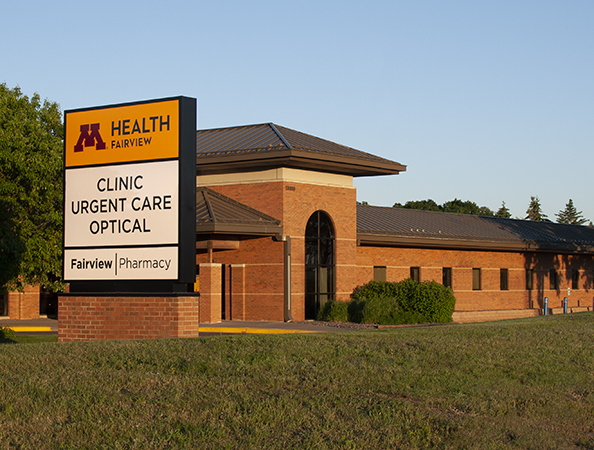Comprehending the Role of Urgent Care in Giving Timely Therapy for Non-Life-Threatening Problems
Urgent treatment centers have actually emerged as a crucial component of the health care landscape, dealing with the prompt needs of individuals with non-life-threatening problems. Understanding the subtleties of immediate care could significantly influence client end results and the overall performance of medical care shipment.
What Is Urgent Treatment?
Immediate care refers to a category of clinical solutions designed to deal with non-life-threatening problems that call for immediate attention. These facilities act as an intermediary in between health care doctors and emergency clinic, offering a practical choice for people that need prompt care without the substantial waiting times usually connected with emergency situation divisions.
Urgent treatment facilities are typically staffed by medical experts, consisting of doctors, registered nurse experts, and medical professional aides, that are educated to detect and deal with a wide array of problems. Usual solutions given by these facilities consist of therapy for small injuries, ailments, and infections, along with analysis tests such as X-rays and lab work.
The availability of urgent care is a key variable in its charm, as numerous facilities run beyond regular workplace hours, including weekends and evenings. This extensive schedule enables patients to get timely treatment when their main care service provider might not come. Furthermore, immediate treatment centers often approve walk-in patients, eliminating the requirement for appointments. On the whole, urgent treatment plays an important duty in the healthcare system, making certain clients can access essential medical solutions quickly and successfully.

Several people may locate themselves unclear regarding when to seek treatment at an immediate care facility as opposed to a medical care doctor or an emergency room. Urgent care is designed to attend to non-life-threatening conditions that need punctual interest yet are not severe sufficient to necessitate an emergency clinic check out.
Generally, one must consider urgent take care of issues such as small cracks, sprains, cuts requiring stitches, or infections like urinary system system infections. In addition, cool or influenza signs, breakouts, and allergies can likewise be suitably managed in this setting.
It is necessary to keep in mind that urgent care is not appropriate for life-threatening emergencies, such as breast discomfort, trouble breathing, or severe bleeding, which require prompt emergency situation area intervention.
Individuals who do not have access to a health care physician or can not protect a timely consultation may also take advantage of urgent care services. Inevitably, understanding when to use immediate treatment can result in a lot more efficient health care shipment, allowing patients to receive the suitable level of treatment based upon their specific health requirements.
Advantages of Urgent Treatment Centers
Choosing urgent care facilities for non-life-threatening problems offers a number of advantages that improve client experience and availability. One main benefit is the decreased wait times contrasted to traditional emergency clinic. Immediate treatment centers normally run on a first-come, first-served basis, permitting people to obtain timely medical attention without the lengthy delays typically related to healthcare facility settings.
Additionally, immediate treatment centers offer extended hours, including evenings and weekends, suiting clients with differing timetables. This versatility makes sure that people can look for treatment when it is most hassle-free for them, additionally advertising timely treatment.

Furthermore, these facilities often offer a thorough variety of services, including small treatments and diagnostic examinations, all under one roof covering. This consolidation of services not just streamlines the person experience yet additionally cultivates a much more cohesive technique to handling non-life-threatening wellness concerns, inevitably benefiting overall person results.
Typical Conditions Dealt With
At urgent treatment facilities, a range of non-life-threatening conditions can be effectively dealt with, providing individuals with accessible and timely medical assistance. These facilities are specifically adept at resolving issues that need punctual attention but do not present a prompt risk to life or limb.
Typical conditions treated at urgent care centers consist of small injuries such as sprains, fractures, and stress. Immediate treatment centers are furnished to carry out required diagnostic tests, such as X-rays and lab examinations, enabling them to provide comprehensive treatment.
Additionally, urgent treatment service providers can administer inoculations, assisting to avoid the spread of contagious diseases - Urgent Care. They additionally use services for small treatments, such as suturing wounds or draining abscesses. By offering these varied services, immediate care facilities play an important function in linking the void between health care and emergency situation services, making certain individuals receive prompt treatment for a wide array of conditions without the demand for long delay times normally associated with emergency situation rooms
Just How Urgent Care Sustains Healthcare System
Immediate treatment centers play an essential function in sustaining the overall health care system by minimizing the important site concern on emergency situation departments and supplying prompt accessibility to medical treatment for non-life-threatening conditions. By dealing with cases such as small injuries, infections, and health problems, urgent care centers enable emergency situation divisions to concentrate on even more important individuals calling for prompt focus.
In addition, urgent treatment facilities improve medical care availability, providing prolonged hours and a much more hassle-free option to typical key treatment settings. This availability is especially advantageous for clients that might not have a routine physician or who need prompt therapy beyond common office hours. Consequently, urgent care facilities properly minimize wait times and enhance person satisfaction.
Furthermore, urgent care centers add to cost savings for both people and the medical care system by supplying lower-cost services contrasted to emergency departments. This monetary performance is important in an age of rising healthcare next expenses, allowing people to get required care without sustaining expensive expenses.
Conclusion
In conclusion, urgent care centers play a vital function in the medical care system by providing prompt treatment for non-life-threatening problems. By connecting the gap between primary care and emergency clinic, these centers make sure that people get timely medical attention without the extensive delay times usually related to emergency situation departments. The accessibility and performance of urgent care facilities contribute significantly to reducing the general burden on healthcare sources, boosting client end results, and promoting an extra efficient medical care delivery system.
Immediate care centers have arised as a crucial component of the healthcare landscape, Bonuses resolving the immediate demands of clients with non-life-threatening problems. Immediate treatment sees generally incur lower out-of-pocket expenditures compared to emergency division gos to, making care more affordable for patients without jeopardizing quality. Immediate treatment centers are outfitted to carry out required analysis tests, such as X-rays and lab examinations, allowing them to offer thorough care.
By offering these varied services, immediate care centers play a vital function in bridging the space in between key care and emergency services, making certain clients obtain prompt therapy for a vast array of conditions without the need for lengthy delay times usually linked with emergency situation areas.
Moreover, urgent treatment facilities boost health care accessibility, providing extensive hours and an extra practical alternative to typical key treatment setups.